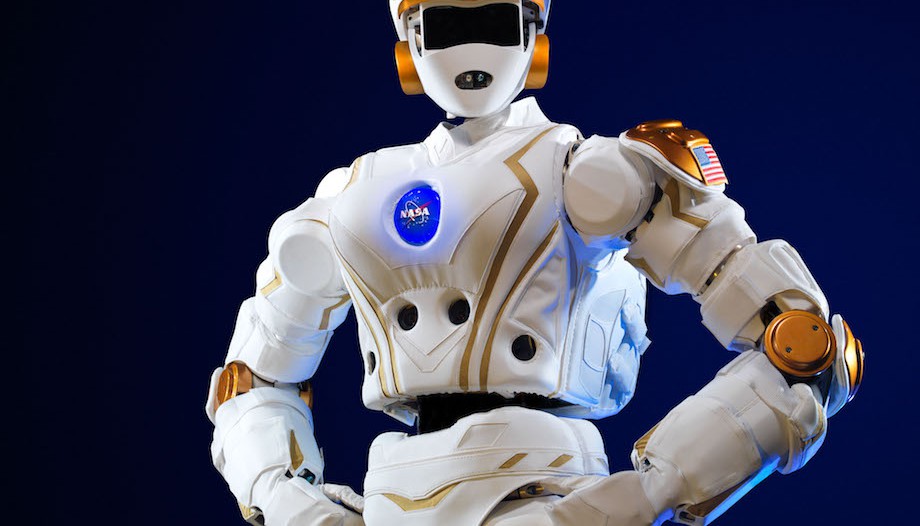
Robohub.org
NASA Space Robotics Challenge prepares robots for the journey to Mars

NASA’s “Valkyrie” robot is 6 feet tall and weighs 290 pounds. Researchers at MIT’s Computer Science and Artificial Intelligence Laboratory will test and develop the bot for future space missions. Photo: NASA
The Space Robotics Competition is open for teams to develop and display the abilities of an R5 robot by assisting in the procedures for a NASA mission to Mars, offering a $1 million prize pool for successful teams. The competition involves programming a virtual R5 robot through a series of tasks presented in a virtual environment using Gazebo software.
Three tasks are aimed to simulate what a robot may need to do while assisting a NASA mission to Mars: align a communications array, repair a solar array, and identify and repair a leak in the habitat. Winners are chosen based on the ability to complete the tasks, steps within them, and duration to complete the tasks.
Registration is open now, with the final round of competition to be held June 2017. Winners will be announced at the end of June at Space Center Houston. You can download the official rules for the challenge here.
For more information, visit www.spaceroboticschallenge.com and www.spacecenter.org.
If you liked this article, you may also want to read:
- MIT CSAIL’s 6-foot-tall NASA humanoid robot has landed
- ‘Moon Shot’ nine-part documentary series available on YouTube
- Robohub roundtable: Robotics and space exploration
- Video: Panel discussion celebrating 10 years of the Mars Exploration Rover
- Air, water, energy and food in a nutshell: Space exploration as driver for sustainable robotic agriculture
See all the latest robotics news on Robohub, or sign up for our weekly newsletter.
tags: NASA, Space



